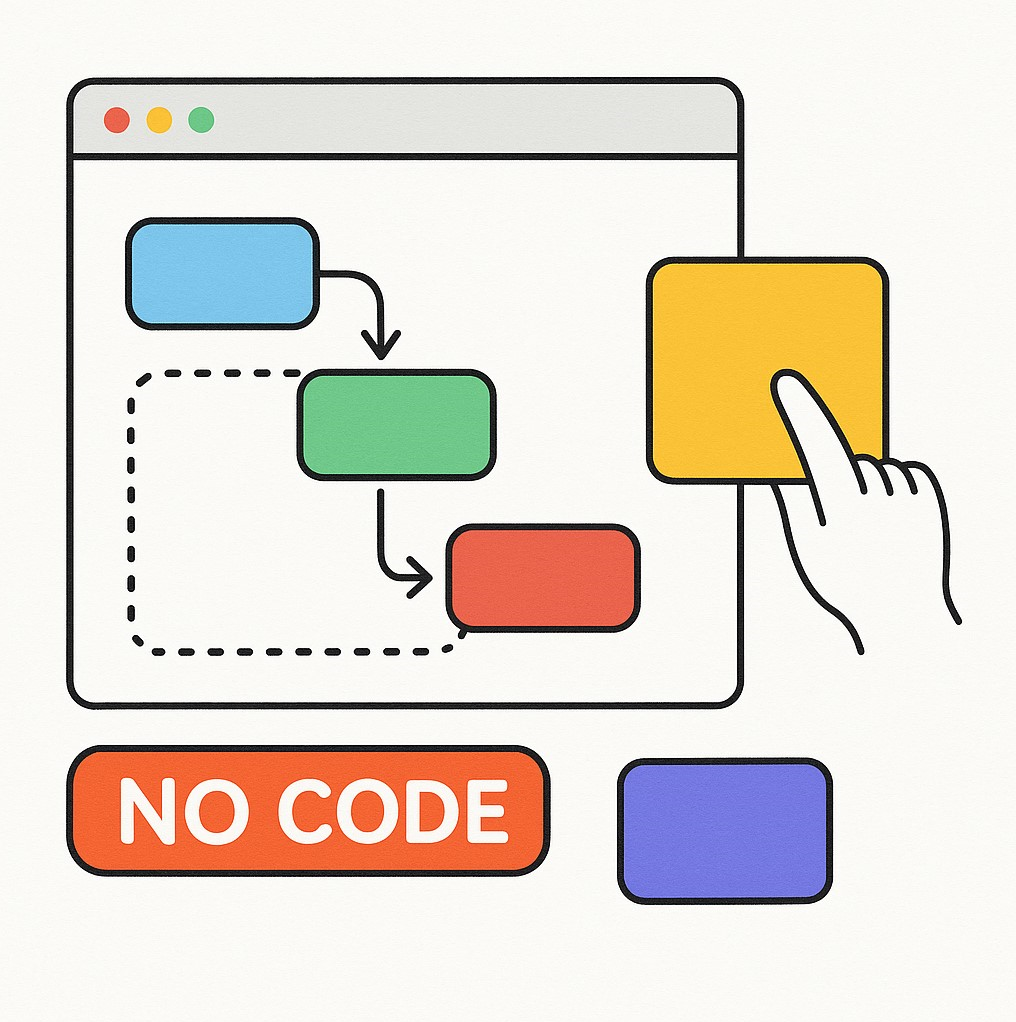No-code platforms have opened the door for people to build powerful digital tools – without writing a single line of code. Whether you’re launching a startup, building internal tools, or automating workflows, no-code is changing the game.
But is it right for everyone?
✅ Advantages:
- Speed to market: Build and iterate fast – no dev backlog required
- Lower costs: No need for large development teams
- Empowerment: Non-technical users can solve problems directly
- Flexibility: Many platforms offer both SaaS and on-premise deployment options
⚠️ Disadvantages:
- Limited customization for very complex or niche needs
- Vendor lock-in: You’re often tied to the platform’s ecosystem
- Scalability concerns for enterprise-grade workloads – depending on the platform
- Security and compliance need deeper evaluation for regulated industries
That said, modern no-code platforms are evolving rapidly. Some are now cloud-native, support enterprise-grade architectures, and allow seamless integrations with other tools and platforms.
We’re seeing a shift where no-code is no longer just for prototypes – it’s production-ready.
And with SaaS or on-premise flexibility, it fits into a wide range of business models and IT policies.
Our focus is on addressing the common disadvantages typically seen in other no-code platforms – and we believe this will set our solution apart. We’re committed to delivering more value, flexibility, and benefits, with virtually no limitations.
What’s your take? Have you tried building anything with no-code? Where do you see its biggest potential – or biggest limitations?
Let’s talk!
